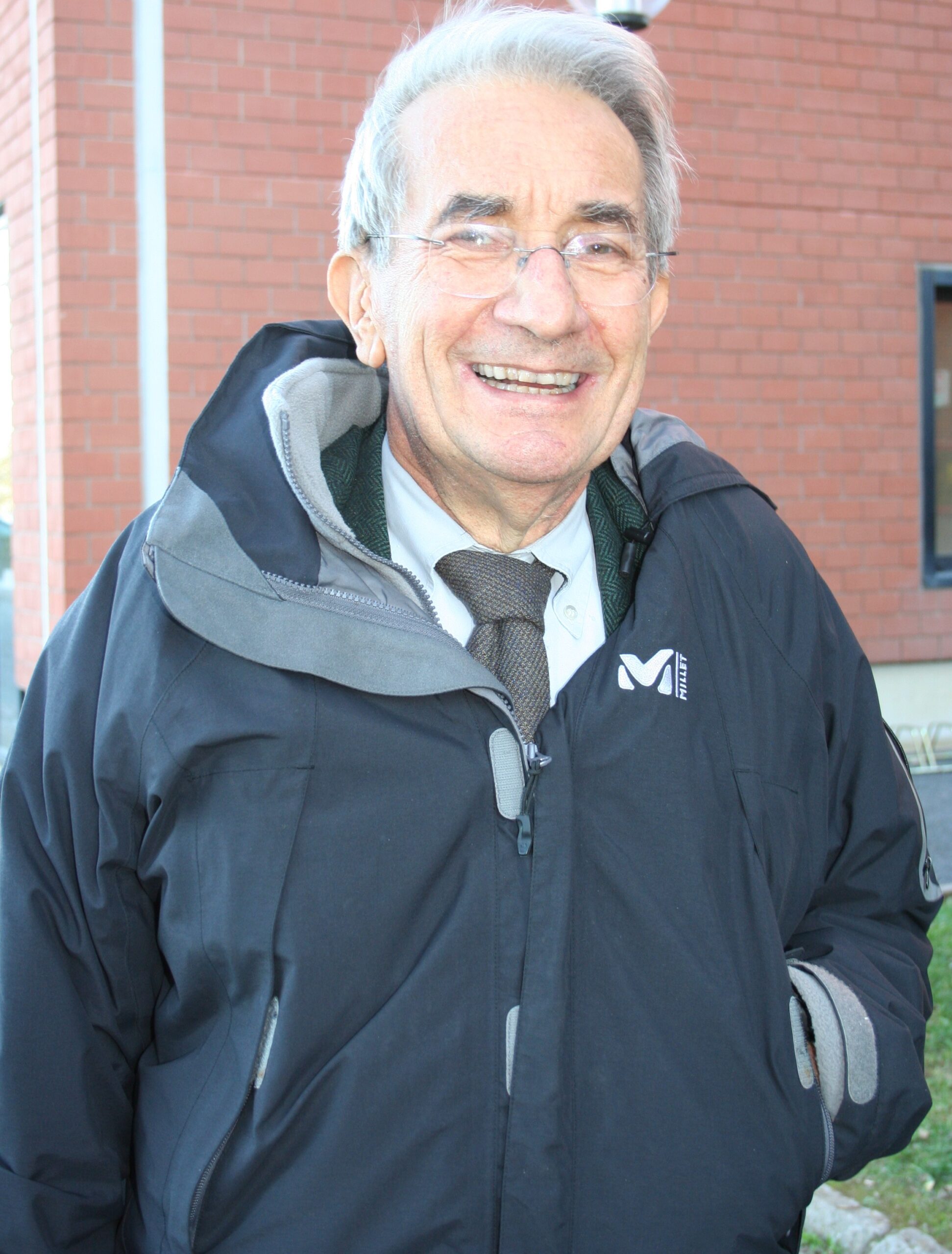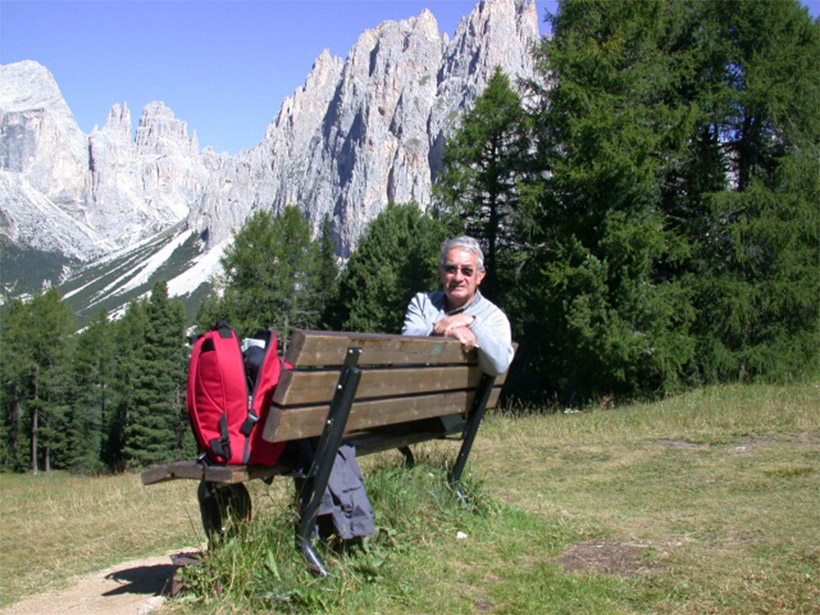The Tethyan belt is a zone of tectonic activity and mountain ranges stretching from northwestern Africa and western Europe across Turkey, the Caucasus, and Iran to the southwest Pacific Ocean. It is the longest continuous orogenic belt on Earth. One of the sections of particular interest to geoscientists is the Mediterranean section due to its ongoing active tectonic activity.
A special collection published in Tectonics, Geodynamics, Crustal and Lithospheric Tectonics, and active deformation in the Mediterranean Regions, presents new and updated research on this section of the Tethyan belt. More than two dozen research papers explore subduction and mantle convection, volcanism and fluid circulation, structural geology and active tectonics, dynamic topography, and geomorphology. The volume is dedicated to Professor Renato Funiciello (1939–2009), who helped develop modern geological studies in Italy.
Geological science has the powerful ability to bridge gaps between different countries and cultures.
Geological science has the powerful ability to bridge gaps between different countries and cultures. Renato Funiciello played a decisive role in creating these bridges.
Born in Libya, he was a true Mediterranean geologist, enthusiastic about both the sea and the science of rocks.
Renato’s life and work fits into a long standing tradition of cross-Mediterranean travel and activity, from the Roman Emperor, Septimius Severus, a North African from Leptis Magna (a Roman city in Libya) with a later career in Rome and responsible for expanding the Roman empire to its greatest extent to date, to Enrico Mattei, the post-war Italian industrialist who led Agip (the Italian national oil and gas company), negotiated agreements about the extraction of oil from Tunisia and Morocco, and after whom the trans-Mediterranean gas pipeline between Algeria and Italy is now named.
In Fall of 1980, two severe and deadly large earthquakes affected the Mediterranean region. The El Asnam event occurred in Algeria in October. This event was a 7.1 magnitude quake followed by a magnitude 6.2 aftershock, the largest in the Tell Atlas ranges for almost two centuries. The Irpinia earthquake occurred in Italy in November. This was a magnitude 6.9 quake, with three main shocks and as many as 90 aftershocks. These two events left thousands of people dead, injured, and displaced. For Renato, then a newly appointed lecturer in structural geology at the University of Rome, it was a unique opportunity to explore the significance of earthquake surface faulting. In the following period, he stimulated many lively discussions about it during different seminars and meetings all over Europe.
Renato generated a new spirit of research, setting out the fundamentals of crustal and lithospheric deformation in structural geology in collaboration with geophysicists. One could say that modern geology was born in Italy amongst a new group of young (at the time) and dashing geologists who now lead the fields of structural and earthquake geology. In fact, several contributions to this collection are from his former students.

Renato had a large range of interests and contributed to many subfields of geology, ranging from lunar and planetary sciences, and seismic tomography to spatial geodesy, geo-archeology, and urban geology.
He also embraced the use of modern technologies in Earth sciences and applied them to the study of the Adria microplate (see Kiraly et al., 2018), magmatism in southwest Turkey (see Asti et al., 2019), seismic damage in Rome’s Colosseum area, recent volcanic activity at Albano Lake near Castelgandolfo (the Pope residence), and a geological tour of the Seven Hills of Rome.
His professional contributions to our field were far reaching. He was an author and co-author of more than 100 published scientific articles and was particularly committed to raising public awareness of geoscience and geo-risks.
In addition, he served as PI of a NASA project on lunar geology, President of the Scientific Council of the Italian National Research Council (CNR), Director of the Institute for Technologies Applied to Cultural Heritage (ITABC), Director of the International Institute of Geothermal Research (IIRG), and Vice President of the National Institute of Geophysics and Volcanology (INGV Rome).
This collection is a modest dedication to one of the greatest geologists and a dear colleague whom we remember with great fondness.
—Mustapha Meghraoui ([email protected]; ![]() 0000-0002-3479-465X), Institut Terre & Environnement de Strasbourg, France
0000-0002-3479-465X), Institut Terre & Environnement de Strasbourg, France
Citation:
Meghraoui, M. (2021), Renato Funiciello, an inspiration to modern geology in Italy, Eos, 102, https://doi.org/10.1029/2021EO159563. Published on 24 June 2021.
Text © 2021. The authors. CC BY-NC-ND 3.0
Except where otherwise noted, images are subject to copyright. Any reuse without express permission from the copyright owner is prohibited.

